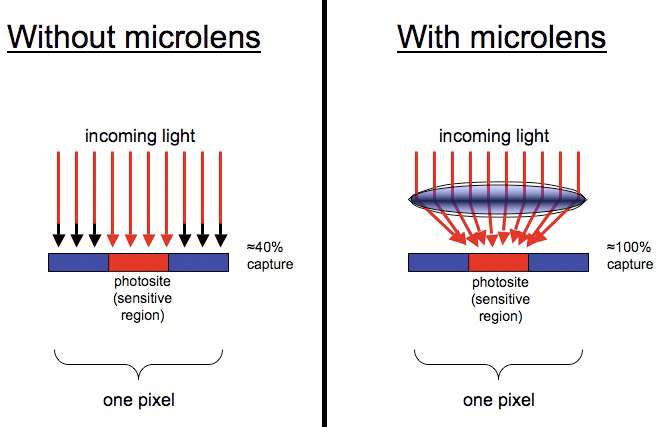
Originally Posted by
Keith B
I still wouldn't suggest the 1.2 to someone who wasn't using it to make a living with it.
I've been thinking more on this, and I guess I have the opposite opinion (maybe not diametrically opposed, but opposite in principle). When I buy a microscope at work, I need to justify the purchase for business purposes, and if I need the $130,000 Zeiss scope, I need to justify why that is required instead of the $90,000 Nikon or Olympus equivalents.
I would assume the same would be true of a professional photographer buying a new lens - a cost/benefit analysis for the purchase of the 85mm f/1.2L, especially compared to something like the 85mm f/1.8. Now, it might become apparent from such an analysis that the revenues returned from the investment would justify the expense, but it might not. On the other hand, someone for whom photography is a hobby just has to answer two simple questions: 1) can I afford it?, and 2) will shooting with enhance the enjoyment of my hobby?
Just my 2¢. (Or 186,900¢, as the case may be...)
<div style="clear: both;"]</div>



 Reply With Quote
Reply With Quote

 ]
]


